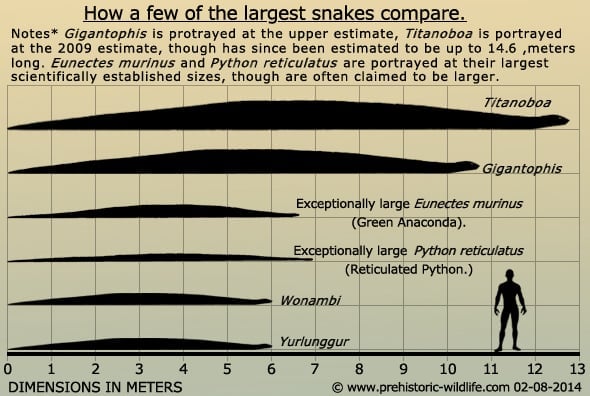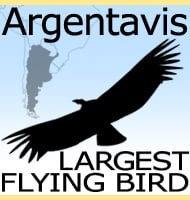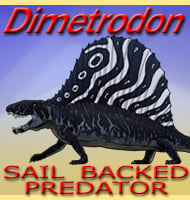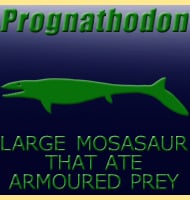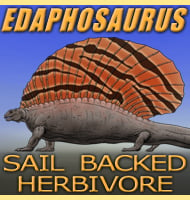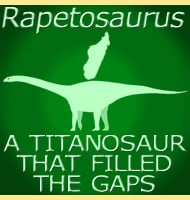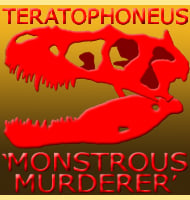In Depth
At five to six meters long, Wonambi would have been able to tackle any small to medium sized animal it chose. The Aboriginal people living in Australia at the same time as Wonambi were certainly aware of the presence of large snakes and indeed warned their children about going to watering holes alone. This was a very sensible precaution as Wonambi’s hunting method seems to have been to frequent watering holes where it knew that it was only a matter of time before its prey came to it.
Wonambi was a constrictor which means that it did not use venom but instead wrapped itself around its prey and tightened its grip so that its prey could not breathe in. Another theory however is that the pressure of the snake squeezing the chest actually causes cardiac arrest (where the heart stops beating). No matter how exactly the prey dies, death still comes quickly and as anyone who’s ever been on the wrong side of a large python will tell you, there is not a lot you can do to stop its grip. Once Wonambi was sure its prey was dead it would them clamp its jaws over its prey, probably head first, and then start sliding its prey down its throat. Reconstructions of Wonambi reveal it to have sharp recurved teeth that when bitten into prey would stop the animal from sliding out of Wonambi’s mouth. This way Wonambi could slowly slide itself over its victim like an anaconda does today.
Despite its killing efficiency Wonambi probably could not tackle larger animals due to the small size of its skull. In addition to this the jaw is also not thought to have been capable of being fully disarticulated like in some snakes that we see today. These restrictions meant that even the larger examples of Wonambi would have had to choose their prey carefully.
Wonambi was just one member of the Madtsoiidae group of prehistoric snakes, some of which such as Madtsoia seem to have grown to truly giant sizes. Another Australian snake of this group is Yurlunggur.
Further Reading
– Small fossil vertebrates from Victoria Cave, Naracoorte, South Australia IV. Reptiles. Transacations of the Royal Society of South Australia 100(1):39-51. – M. J. Smith – 1976. – The Pleistocene serpent Wonambi and the early evolution of snakes. – Nature 403, 416-420. – John D. Scanlon & Michael S. Y. Lee – 2000. – Cranial morphology of the Plio-Pleistocene giant madstoiid snake Wonambi naracoortensis – Acta Palaeontologica 50(1), p 139-180. – John D. Scanlon – 2005.
